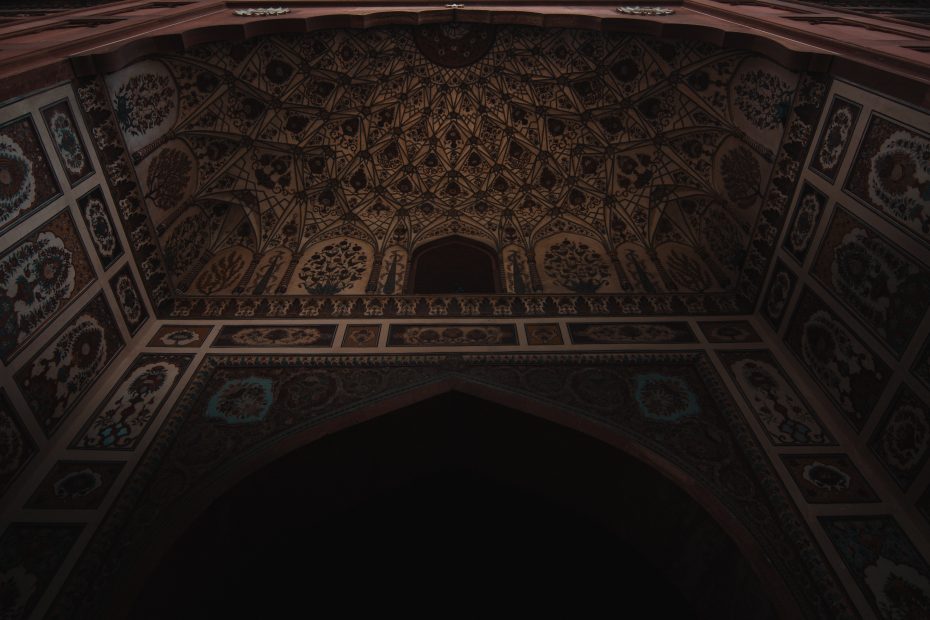Table of Contents
Introduction
The Karakoram Highway is widely regarded as one of the world’s most epic road trips. Winding for over 800 miles (1,300 km) through northern Pakistan, this high-altitude thoroughfare traces legendary mountain landscapes along the ancient Silk Road. A journey on the Karakoram Highway offers nonstop scenery, adventure, and insight into Pakistan’s rich history and culture. From the soaring peaks around K2 to the vast Hunza Valley, it’s an unforgettable experience. Join me as I recount my journey along the full length of the highway, starting in the capital of Islamabad and ending at the China border. It was a trip I’ll never forget.
Planning the Trip
Planning was essential to make the most of this formidable road trip. I researched the optimal route, secured the necessary permits, rented a suitable vehicle, and found an experienced Pakistani guide. The best time to travel is from May to October, when the high mountain passes are less prone to snow and closures. Permits are required for foreign tourists but can be obtained in a few days in Islamabad. I rented a sturdy 4WD and stocked up on spare fuel, tires, and emergency supplies. My Lahore-based guide, Ali, was invaluable for navigating road conditions and enriching my experience of the cultures along the way.
Starting from Islamabad
Our journey commenced in the modern capital of Islamabad. Leaving behind its wide boulevards, we drove northwest into the Potohar Plateau. The landscape transitioned to rolling farmland dotted with ancient ruins. We explored the sprawling complex of Taxila, which dates back to the 5th century BC Gandharan empire. Getting an early start on Pakistan’s rich history set the stage for the ancient treasures we would encounter along the highway. Beyond Taxila, the road gradually narrowed as we ascended into the foothills of the Himalayas.
Entering the Mountains
The landscape grew increasingly dramatic as we entered the mountains. The road contorted through towering, forested valleys, where crystal-clear streams plunged from the heights. Around each bend, another breathtaking vista emerged, often capped by distant snow-covered peaks. While the scenery was idyllic, the road conditions proved challenging. Landslides and washouts frequently obstructed our route, requiring caution in navigating the narrow, crumbling edges. But the ruggedness made it all the more rewarding when we arrived in villages to rest and enjoy the views.
Crossing Through Gilgit-Baltistan
As we traveled further north into the Gilgit-Baltistan region, the cultural sights became as impressive as the natural landscapes. We frequently stopped to explore ancient forts and villages marked by stone architecture and vibrant local traditions. I learned so much from Ali about the diverse ethnic groups that call northern Pakistan home. Many days involved memorable hikes on detours, including rambling walks to photograph crystalline glaciers and aquamarine lakes. The altitude also became a factor, forcing us to take frequent breaks to acclimatize and avoid altitude sickness.
Approaching the China Border
The final stretch took us through the mighty Karakoram range, with the road carving through steep gorges bounded by snow-capped spires. Tucked into the cliffs, I could glimpse remnants of the ancient Silk Road, which once connected China to the Middle East. The highway culminated in the town of Sost, which sits near the Pakistan-China border. From there, the Khunjerab Pass leads up to 15,400 feet (4,693 m), surrounded by glacial peaks like 7,788m Rakaposhi. While we had to turn around, the border zone gave me a taste of the paramount mountain scenery that lies beyond in China’s Xinjiang region.
Returning Along the Indus River
Returning south, the landscape gradually softened as we descended along the mighty Indus River. In lower valleys, I found ruins of ancient Buddhist sites and hilltop forts dotting the green terraced slopes. The Indus swelled as we drove farther downstream, fed by distant glacier meltwater. We stopped frequently in riverside towns and villages, giving me a glimpse of local life. Children waved enthusiastically as our rugged vehicle trundled by.
Concluding the Trip in Islamabad
Two weeks, 1,500 kilometers (930 miles), and countless memories after departing Islamabad, we returned to Pakistan’s verdant capital. But the arduous adventure stayed firmly etched in my mind. The Karakoram Highway traverses a breadth of Pakistani landscapes and cultures unmatched anywhere in the world. I couldn’t wait to someday return to northern Pakistan for the next great road trip adventure.
FAQs
What is the best time of year to drive the Karakoram Highway?
The best time is summer and autumn (May to October) when the high Khunjerab Pass is open and less prone to snow and closures.
How long does it take to drive the full route?
Driving the full Karakoram Highway from Islamabad to the Khunjerab Pass and back takes a minimum of 10-14 days. Significant detours and stopping to enjoy sights will extend the trip further.
What type of vehicle is recommended?
A rugged 4WD vehicle is strongly recommended given the poor road conditions and high risk of landslides or washouts, especially at high altitudes.
Is it safe for foreign tourists?
Yes, the region is considered safe, especially when visiting with a knowledgeable local guide. But take normal precautions, research current conditions, and register with your embassy.
What are the main highlights along the way?
Key highlights include the mountain scenery around K2, the cultural sights of Gilgit-Baltistan, the Attabad Lake, views of Nanga Parbat, ancient Silk Road remnants, the Hunza Valley, and culminating at the Khunjerab Pass on the China border.
